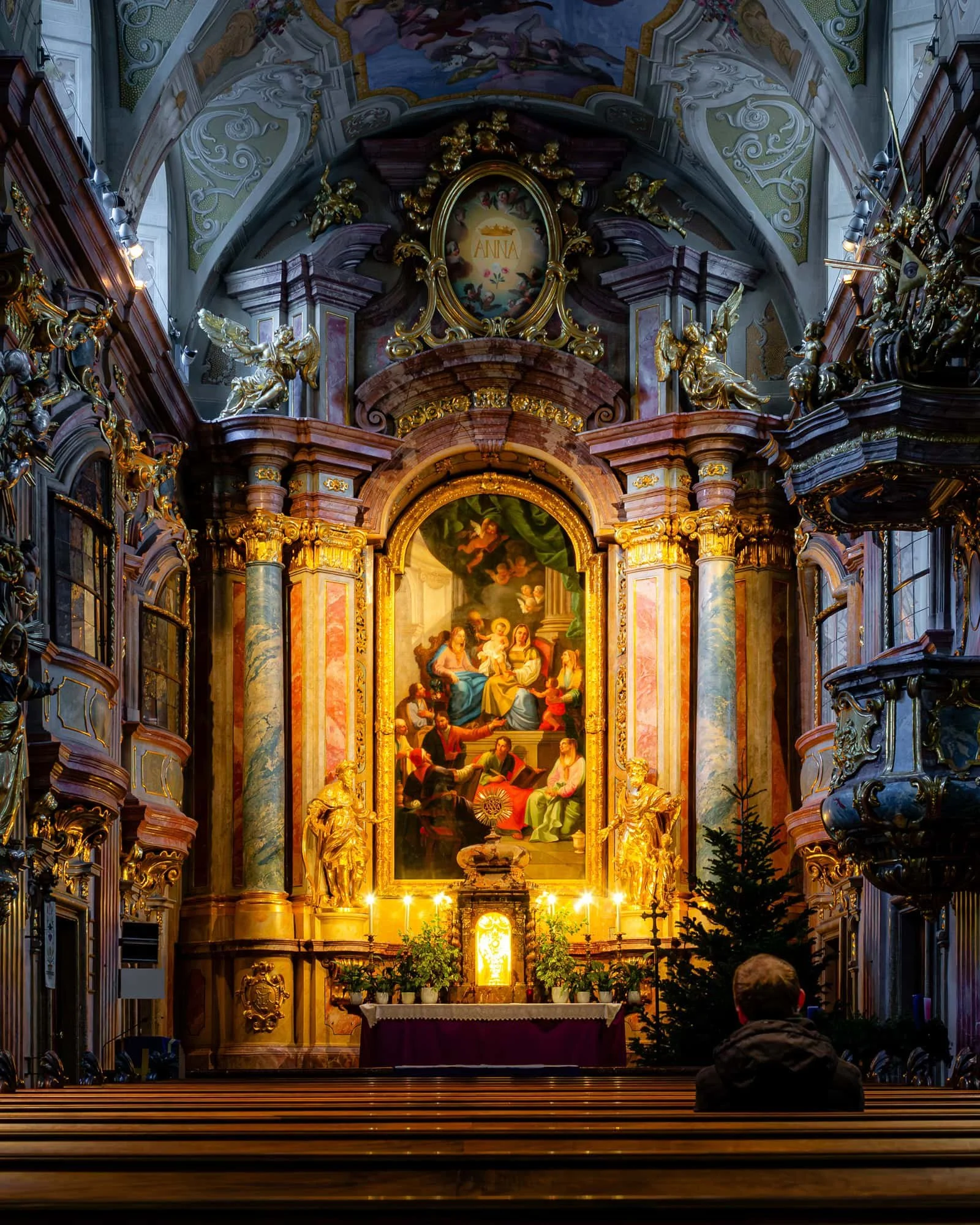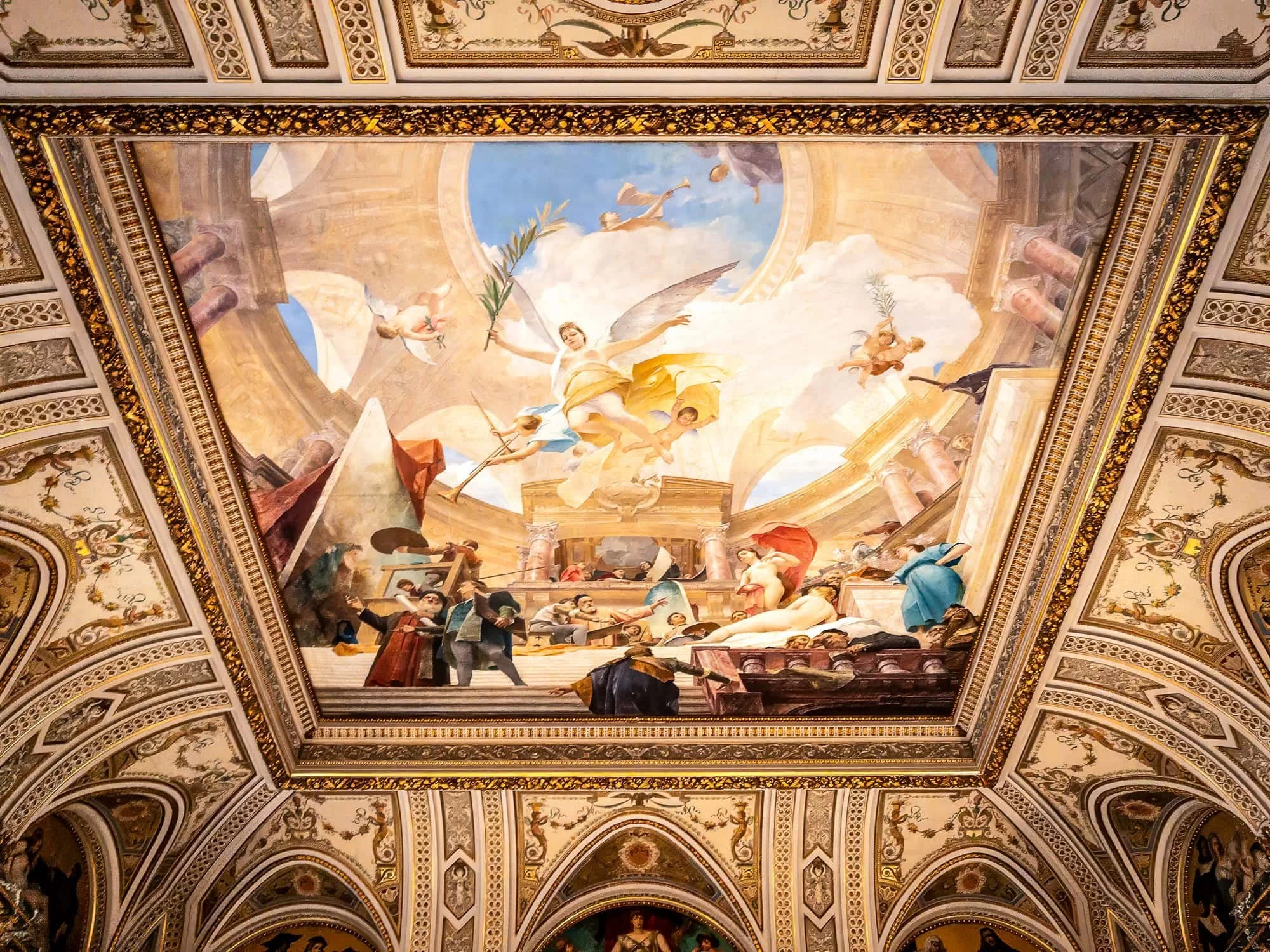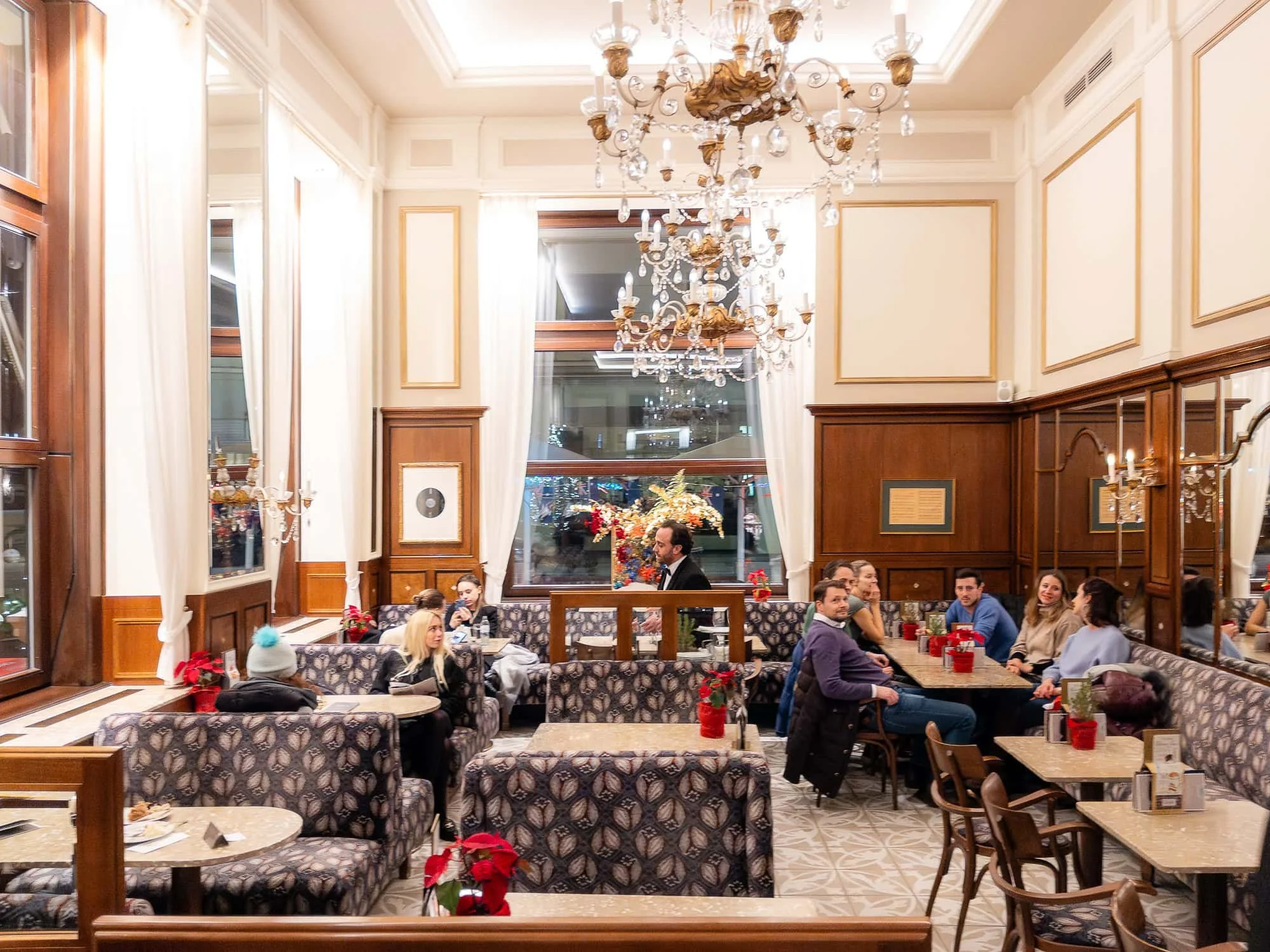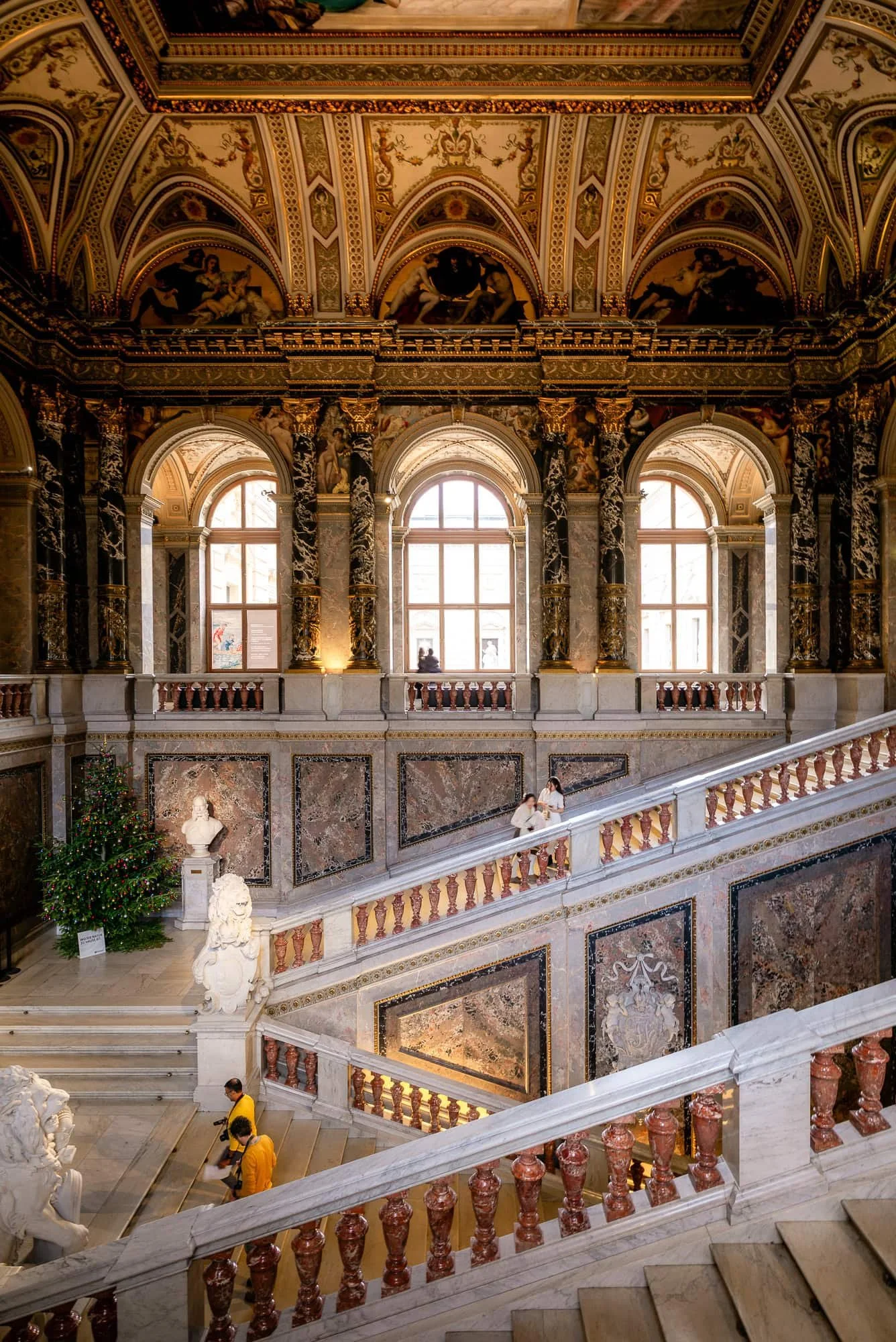An Interior Photography Tour in Vienna
Vienna is one of the most elegant cities in the world – the perfect place to visit if you like architectural or interior photography. Vienna was first settled in pre-Roman times and proclaimed a city within the Holy Roman Empire in the 13th century. The city grew in size and influence as a result and eventually became the seat of Habsburg family dynasty’s Austro-Hungarian Empire.
A (very) short history of Vienna
The Habsburgs emerged out of Switzerland in the 1200s when King Rudolf I of Germany argued with King Ottokar II of Bohemia about who ruled what. Fighting ensued, Rudolf won, and took possession of a duchy that we now know of as Austria.
Marriages, wars, commerce, inheritances and other strategic moves over the next 650 years, saw the Habsburgs build an empire through central and eastern Europe. At its peak, it was up to 10 times the size of Austria today.
The Habsburgs were famous for their love of the intelligentsia, and the arts. They indulged both.
Founded in 1365. the University of Vienna is one of Europe’s older universities and the largest German-speaking university in the world. The university has had nine Nobel Prize winners on staff over the years, and a host of other prominent philosophers, scientists and other academics.
Even more famously, however, Vienna was (and largely, remains) the world capital of classical music. Mozart spent his working life there. Haydn. Beethoven spent time there. As did Brahms. Mahler. Strauss. Schubert. They’re just the more known ones. Vienna’s classical period in the 1700s and 1800s saw the Habsburgs love for music kick off an incredibly fertile period of artistic creativity that still resonates today.
When you’ve got an empire full of intelligent and creative people, you tend to build beautiful places to show the fruits of their creative efforts. What better way to show off your family’s riches than to build grand buildings to house all your beautiful things!
My wife and I visited Vienna in 2023 and took in many of the city’s cultural and architectural wonders. We only scratched the surface, but here are some of the places we saw.
Interior Photography – Galleries
Albertina
Albertina
Albertina was built adjacent to the sprawling Hofburg Palace in central Vienna. The building was originally used as a palace for various important nobles. One of those was Duke Albert of Saxen-Teschen, who took residence in the mid-late 1700s after a stint as Governer of the Habsburg Netherlands.
Albert was an avid art collector, and he brought his collection of prints back from Brussels with him. The collection was added to by successive generations and deemed important enough to keep for the benefit of future generations.
The palace and its collection were confiscated at the fall of the Habsburgs in 1919 and the building re-opened as a public gallery in 1921, named as The Albertina.
The Albertina is one of the prized museums in Vienna, housing both classical art and modern art.
We spent a lot of time in The Albertina’s underground gallery viewing an exhibition by Gottfried Helnwein, an ultra-realism painter who depicts scenes around vulnerability and the threat of violence and tyranny.
This is a typical modern art space, white-walled with adequate space for viewers to stand back and take in these large works from a comfortable distance.
The Albertina is a must-see for art art fans visiting Vienna.
The collection of classical art is absolutely stunning, and includes the Batliner Collection, which Herbert Batliner gifted to Albertina in 2007. It includes works by Picasso, Monet, Matisse, Klimt, Signac, Miro, and much, much more.
Albertina bonus – Staterooms
You can tour Schonbrunn Palace, which is full of beautiful rooms showing how the Habsburgs lived. You cannot take pictures inside Schonbrunn Palace, however, which is a real bummer.
Thankfully, Albertina also has a number of beautifully preserved staterooms that you can tour as part of your entry to the museum. And interior photography IS allowed.
Note the beautiful silk wallpapers, ornate ceilings and the amazing inlaid floors.
Kunst Historisches Museum
The Kunst is a building so nice that they built it twice!
The Kunst Historisches Museum is the main art gallery in Vienna. The rulers liked the building design so much they built another one exactly the same just across a courtyard. It’s a museum of natural history.
The Kunst Historisches Museum houses works by Rubens, Raphael, Caravaggio, Rembrandt, Vermeer, and much more.
The building is sandstone, with huge spaces inside. The entry foyer itself is a work of art on its own. It’s a masterful introduction to the grand staircase and the gallery rooms that visitors will encounter inside.
At the left of that photo is the grand staircase. And it really is rather grand.
Everything is marble except for the paintings on the ceiling. The stairs are marble. The bannisters and pillars. The walls are covered in marble in contrasting colours. The effect is pure opulence and it’s no wonder that visitors were stuck on the stairs, taking some very Instagrammable selfies.
The gallery rooms are just as grand, albeit without the statement stonework. Each room has ceilings that must be at least 6m high, with two seating bays in the middle of each room for people to relax and contemplate the masters on show.
Even the cafe at the Kunst Historisches Museum is amazing. It’s set on the second floor, directly above the entry foyer and under the grand domed roof that caps the building. Again, there is marble and gold leaf everywhere. This might just be the world’s most opulent cafe.
Churches
St Anne’s
You won’t find St Anne’s listed in any tourist guides as a place of particular interest. We went there to see a string quartet do a recital and I was so taken by this little church that I went back the next day for some interior photography.
St Anne’s is a tiny church, but you can see for yourself the incredible level of detail and craftsmanship that went into this building.
I took a few stills and then a lone worshipper came in to pray. I couldn’t help but take one more shot while he was there.
St Stephens Cathedral
This is the tallest building in central Vienna. Modern office buildings are not allowed in central Vienna, a) because they’d ruin the vibe of the old city, and b) because they’d be taller than St Stephens.
St Stephens is every bit as grand, opulent, and adorned as you’d expect a city cathedral to be. Sculptures, icons, stained glass and imposing granite walls are everywhere.
St Stephen’s Cathedral, central Vienna’s tallest building
While we’re here, I have to also mention the roof of St Stephens. It’s made from 220,000 glazed tiles, each one donated by citizens and other donors.
This is the view of the roof from the South Tower – the taller of the two towers. You reach the top of the South Tower via 343 steps on a small spiral staircase. The top of the staircase gives you a clear view over the entire city in all four directions.
The National Library
It used to be the Imperial Court Library. Then came the republic, and a name change, to the Austrian National Library.
The Grand Hall is the bit you want to see here. This baroque room is the largest library room of its kind in Europe and houses over 200,000 volumes on its wooden shelves.
It’s just beautiful.
And as always with this amazing buildings, the ceilings are just gorgeous.
I’d have liked to get a wider shot of the main hall in the library, but there were display stands erected everywhere. It didn’t make for great floor-level shooting.
Cafe Culture
Vienna is known for its amazing cafe culture. We mentioned the intelligentsia earlier. This is where they would hang out, solving the world’s problems or in some cases, plotting the next round of world problems.
It’s said that for a period in 1913, Vienna was home to such thinkers/plotters as Sigmund Freud, Marshall Tito, Joseph Stalin, Leon Trotsky and Adolf Hitler.
Vienna’s cafe culture is still alive and well today, and the old cafes are just magical. Patrons are welcome to sit, order, and pass hours with a newspaper or a partner in conversation. It’s all part of the culture.
Cafe Central
The best known of the old cafes is Cafe Central. It dates back to the 1870s. The vaulted ceilings are grand, the atmosphere is fizzing with conversation and the food is to die for. There was even a piano playing in the background while we were there.
Cafe Sperl
Cafe Central might get most of the plaudits, but Cafe Sperl was our favourite hangout.
Sperl is not as ornate as Central, but it feels like less of a show. There’s something beautifully organic about the place. It’s elegant, and every bit a alive as Cafe Central. But it’s more intimate.
It even has pool tables – three of them – one of which is covered in the day’s newspapers from around Austria and Germany.
Cafe Mozart
Did you know that Mozart gave his first recital at age 6 at Schonbrunn Palace, just outside Vienna?
Mozart dominates this city like no other and his namesake cafe is a nice little spot on the ground floor level of Hotel Sacher (and it’s much cozier than Cafe Sacher around the corner, which you’ll have to line up to get in to).
We found Cafe Mozart by accident, stopping there for dinner one night on our way to the string quartet recital at St Anne’s church. We enjoyed it so much we went back for dessert afterwards.
It’s a bit more modern than the other cafes mentioned, but still delightfully ambient and with great service.
Extra images
Below are a few more images from our time in Vienna; things that I didn’t cover in this post but would like to share, regardless.
Thanks for reading. AND GO TO VIENNA! It really is a magical place.






















